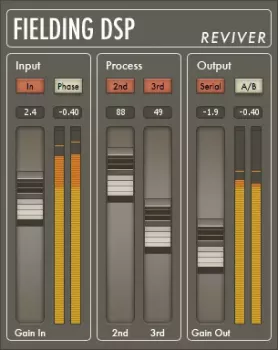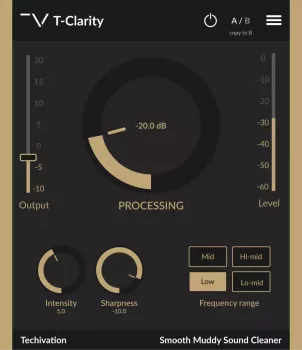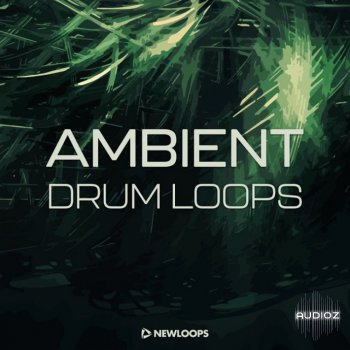 Team R2R | 01 Nov 2022 | 2.1MB
Team R2R | 01 Nov 2022 | 2.1MB
Reviver creates harmonic distortion, a sound which is often connected to vintage gear. It does not emulate analog equipment, but instead gives the user full control of overtone generation and volume. Despite this high level of controllability, Reviver’s user interface is intuitive and provides the desired result after just a few mouse clicks.
Second-Order Harmonics
Second order harmonic overtones play an important role in the sonic coloration that tube amplifiers add to audio. The sound produced by tubes is often perceived as “warm” and “smooth”. Using Reviver it is possible to add second order harmonics to your sound in a very precise way.
Third-Order Harmonics
Third order harmonic overtones change a sound more aggressively, with the effect often referred to as “punch”, “fatness”, or “detail”. These overtones are also created by tape and overdriven solid state amplifiers. With Reviver you have exact control over third-order harmonic generation to give your sound that extra lift.
Anti-Alias Filter
A general problem of digital distortion plug-ins is that instead of only generating the desired harmonic overtones, they also create aliasing artifacts, i.e. overtones which are in disharmony with the original signal. Aliasing is an exclusively digital problem that does not appear in analog signal processing. Reviver is completely free of aliasing in audible frequencies. Click here to find out more about aliasing.
Serial Mode
In serial mode Reviver first adds second order harmonics to the signal before adding third order harmonics. The result is a different harmonic content and stronger saturation.





